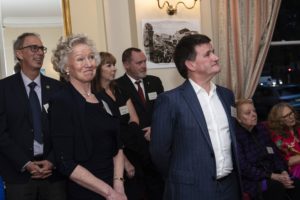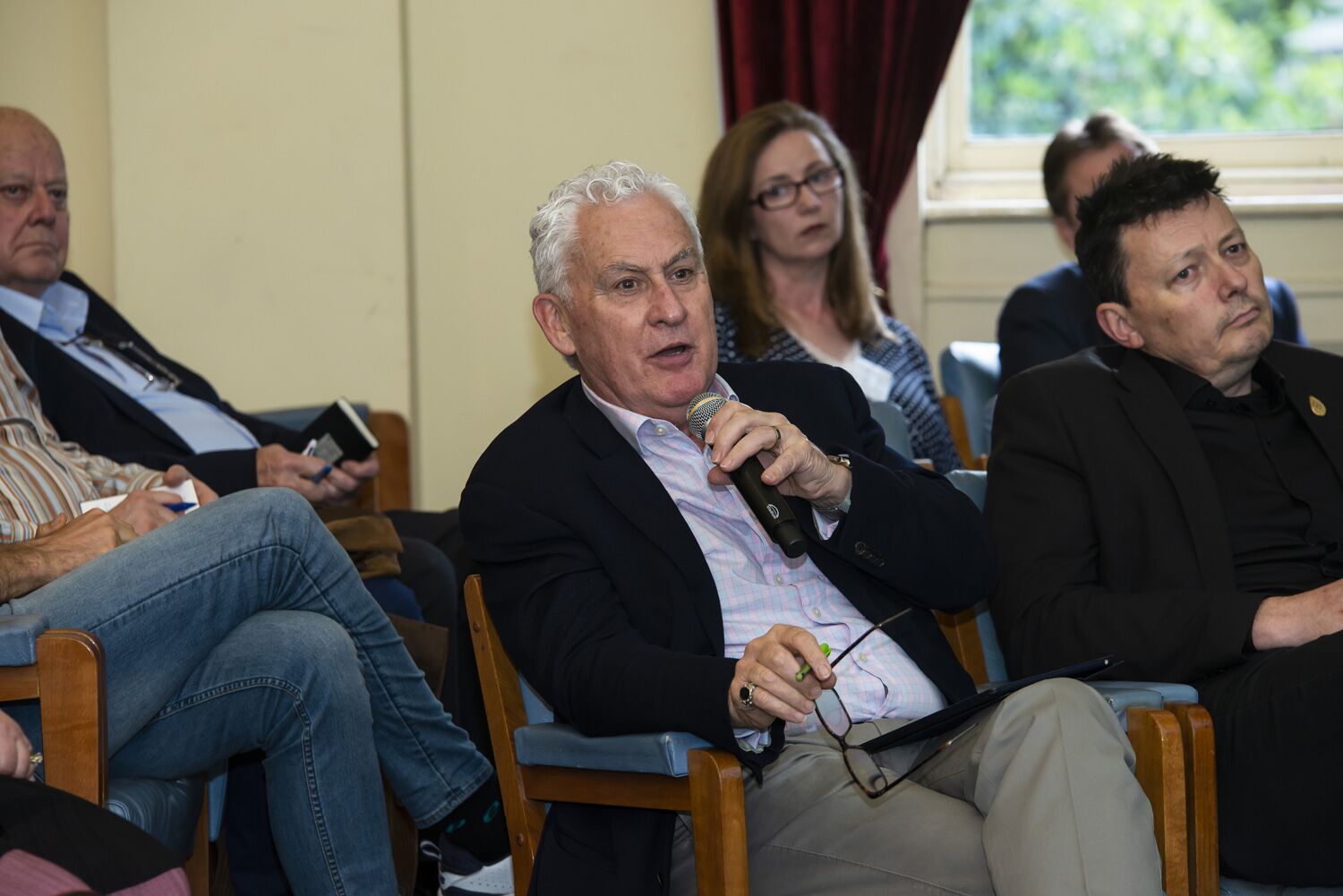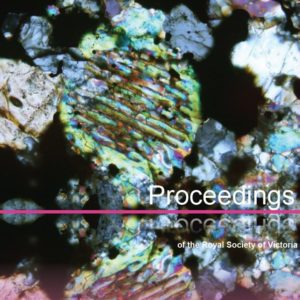Australia’s caves were formed over millions of years, and exploring them is a journey to a hidden underworld that holds many wonders. But caves and karst landforms need our protection. They house complex ecosystems, critical habitat for plants, animals, and micro-organisms which, in many cases, cannot survive elsewhere. The biggest threat is overuse from tourism – which builds positive awareness, but also damages their natural integrity.
Bernie was a geologist and geomorphologist specialising in landslides and volcanism, especially in the Newer Volcanics Province of Western Victoria, where he worked to map the regolith landforms that tell the story of Victoria’s past while determining future volcanic risk. He applied his expertise to the neotectonics of South-Eastern Australia, the recently-active and active volcanoes of the Pacific region, and the morphotectonics of the Central Victorian Highlands.
‘Plate tectonics’ describes fragments of the Earth’s outer shell that move against, over, and under one another at their boundaries, slowly changing the shape and location of our continents and oceans. The theory revolutionised the Earth sciences field by providing an understanding of how mountains are built, volcanoes erupt, and earthquakes are triggered. But while the theory is now a given, this hard-won scientific consensus represents an historic moment in living memory.
Our sea levels are rising. Understanding the dynamics of the beach envelope and its overlap with human infrastructure is fundamental for effective coastal management. Dr David Kennedy studies the dynamic adaptation of beaches in the past to inform how we can manage them into the future. While NSW beaches have been studied for decades, but we are only just starting to understand the behaviours of Victoria’s beaches and their underlying geology.
Every year, final year PhD candidates present their doctoral studies to the Royal Society of Victoria, competing for four Prizes that recognise excellence in Victoria’s young scientists. Eight finalists present under the four categories: Biological Sciences, Biomedical & Health Sciences, Earth Sciences, and Physical Sciences. While the format of delivery was different this year, participants rose to the challenge to deliver engaging and informative videos for National Science Week. From chicken sexing to neutron stars, all finalists’ presentations are summarised here, with links to their video presentations and the full proceedings as broadcast on the night via Facebook Live.









